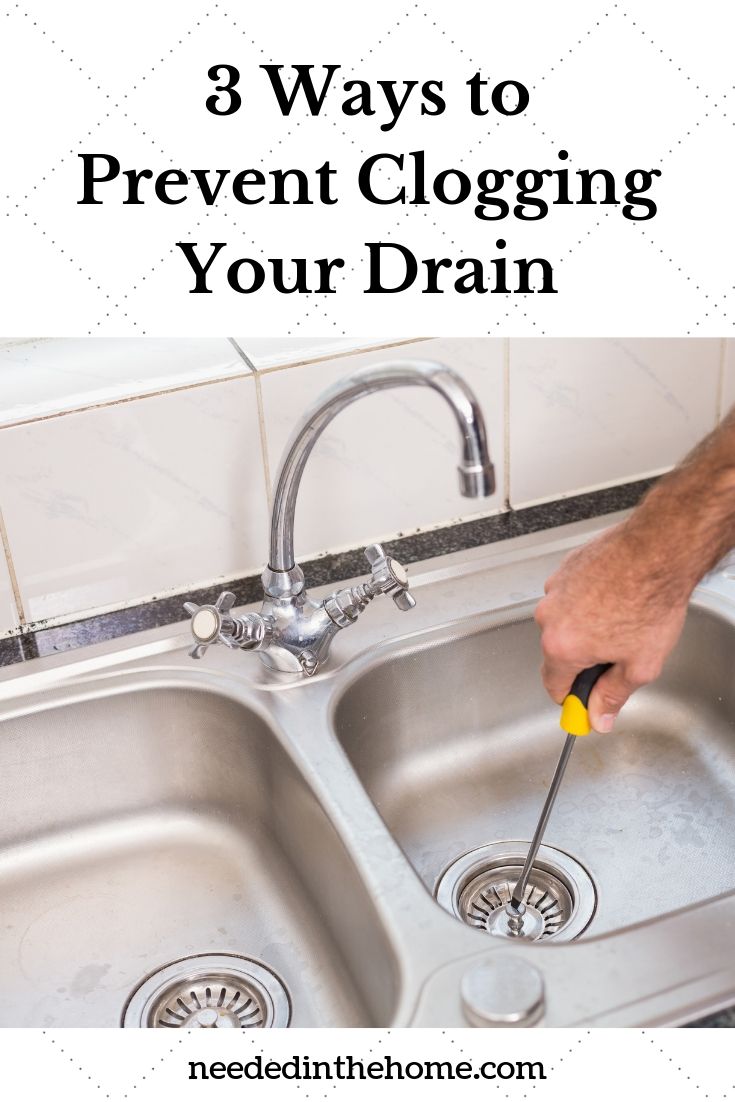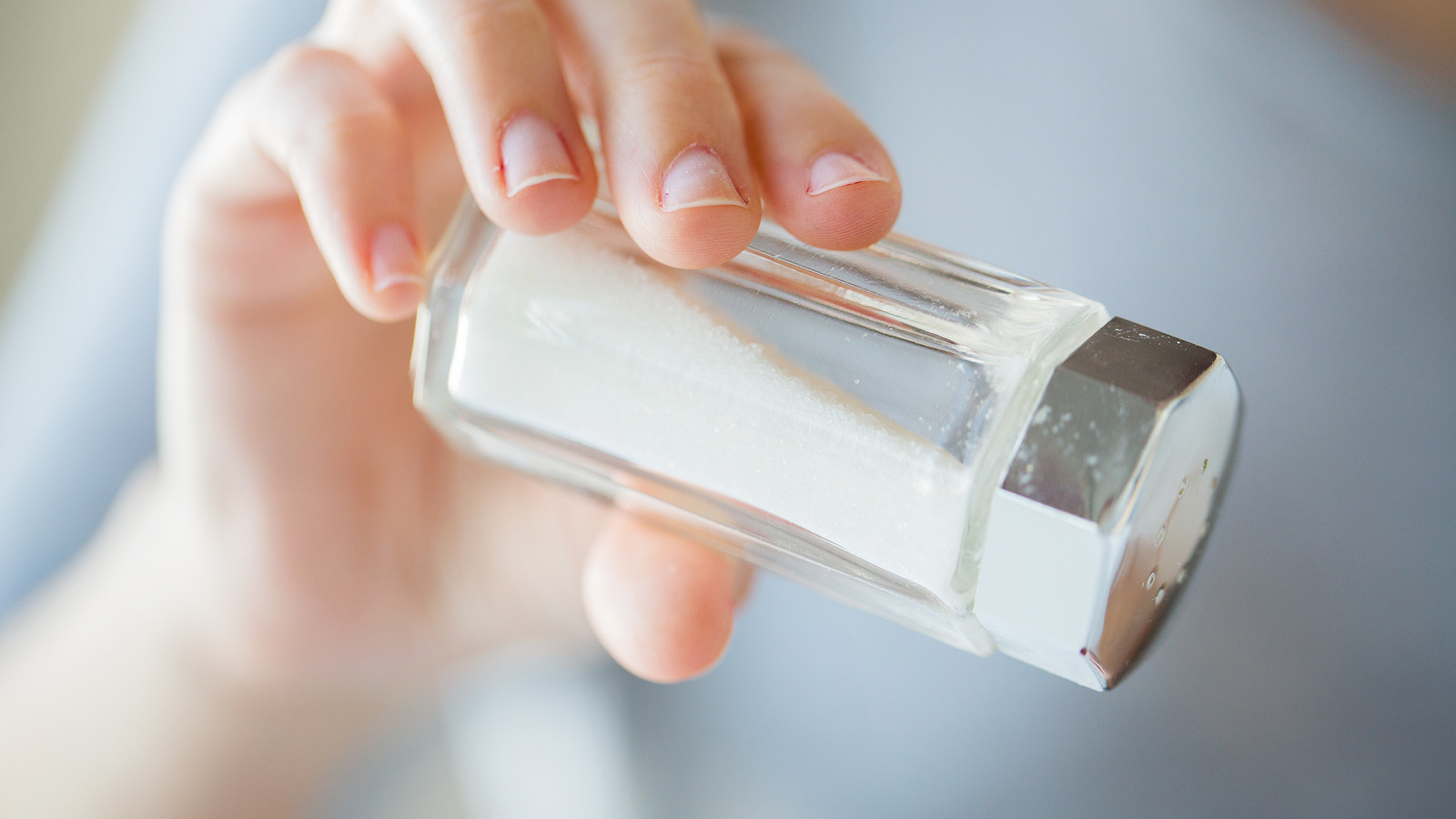If you're planning on installing a new kitchen sink or replacing an old one, you may have heard about the importance of having a vent for the drain. But what if your kitchen doesn't have a vent? Is it still possible to install a kitchen sink drain without one? The answer is yes, but there are some important considerations you'll need to keep in mind. In this guide, we'll walk you through the steps of installing a kitchen sink drain without a vent and provide some tips and tricks along the way.How to Install a Kitchen Sink Drain Without a Vent
A clogged kitchen sink drain can be a major inconvenience, especially if you don't have a vent to help release the pressure. But fear not, as there are still ways to unclog your kitchen sink drain without a vent. One method is to use a plunger to dislodge the clog. Simply place the plunger over the drain and pump it up and down vigorously until the clog is cleared. Another option is to use a drain snake to physically remove the clog from the drain. If these methods don't work, it may be time to call in a professional plumber.How to Unclog a Kitchen Sink Drain Without a Vent
While it is possible to have a functional kitchen sink drain without a vent, there are still some common problems that may arise. One of the biggest issues is a slow draining sink. Without a vent, the drain can become clogged more easily, leading to a slower flow of water. Another problem is odors coming from the drain. Without a vent, the drain trap can become dry, allowing sewer gases to escape into your home. If you notice these problems, it may be time to consider adding a vent to your kitchen sink drain.Common Problems with Kitchen Sink Drains Without Vents
If you hear a gurgling sound coming from your kitchen sink drain, it's a sign that there may be an issue with the venting. Without proper venting, the water draining from your sink can create a vacuum, causing the gurgling noise. To fix this issue, you can try running hot water down the drain or using a plunger to clear any clogs. If the gurgling persists, it may be time to install a vent or call in a professional for help.How to Fix a Gurgling Kitchen Sink Drain Without a Vent
Adding a vent to your kitchen sink drain may seem like the most obvious solution, but there are some alternative methods that can also help improve the function of your drain. One option is to install an air admittance valve, which is a mechanical device that allows air to enter the drain without needing a vent pipe. Another alternative is to install a ventless drain assembly, which uses a special trap to prevent sewer gases from escaping into your home. However, these solutions may not be allowed by local building codes, so it's important to do your research before making any modifications.Alternative Solutions for a Kitchen Sink Drain Without a Vent
You may be wondering why venting is so important for kitchen sink drains in the first place. The main purpose of a vent is to equalize air pressure in the drain system, allowing water to flow freely. Without a vent, water can become trapped in the drain, leading to clogs and other issues. Venting also helps to prevent sewer gases from entering your home, which can be harmful to your health. So while it may seem like an extra step in the installation process, venting is crucial for the proper functioning of your kitchen sink drain.The Importance of Proper Venting for Kitchen Sink Drains
If you already have a kitchen sink drain without a vent and are experiencing issues, you may be wondering how you can add a vent without starting from scratch. The good news is, it is possible to add a vent to an existing drain. This process involves installing a vent pipe, which connects to the main plumbing stack in your house. However, this can be a complex and time-consuming task, so it's best to hire a professional plumber to ensure it is done correctly.How to Add a Vent to an Existing Kitchen Sink Drain
Before making any modifications to your kitchen sink drain, it's important to understand the building codes in your area. Each state and local municipality may have different requirements for venting, so it's essential to do your research beforehand. Some areas may allow alternative solutions, while others may require a traditional vent pipe. Failure to comply with building codes can result in costly fines and even the need to redo the work, so it's always best to follow regulations.Understanding the Building Codes for Kitchen Sink Drain Vents
As with any home improvement project, there are pros and cons to consider when it comes to installing a kitchen sink drain without a vent. One of the main advantages is that it can save you time and money during the installation process. However, as mentioned earlier, there are potential issues that can arise without a vent, such as slow draining and odors. It's important to weigh these factors before making a decision on whether or not to install a ventless kitchen sink drain.Pros and Cons of Installing a Kitchen Sink Drain Without a Vent
To avoid the hassle of dealing with clogged kitchen sink drains, there are some steps you can take to prevent them from occurring in the first place. One method is to regularly clean the drain using a mixture of vinegar and baking soda. This can help to break down any buildup and keep the drain clear. Another tip is to use a hair catcher in the drain to prevent hair and other debris from clogging it. Overall, proper maintenance and care can go a long way in preventing clogs in a kitchen sink drain without a vent.How to Prevent Clogs in a Kitchen Sink Drain Without a Vent
The Importance of Proper Ventilation in Kitchen Sink Drains
Why is Ventilation Important?
The Role of a Vent in a Kitchen Sink Drain
 A vent in a kitchen sink drain serves as an air intake, allowing fresh air to enter the plumbing system and pushing out any trapped gases and odors. Without a vent, the water flowing through the drain creates a vacuum, which can lead to slow draining and gurgling noises. The vent also equalizes the pressure in the pipes, preventing any potential backups or clogs. Additionally, a vent can prevent sewer gases from entering your home, which can be harmful to your health.
Kitchen Sink Drain Without Vent: Potential Issues
When a kitchen sink drain does not have proper ventilation, it can lead to various problems, including slow draining, unpleasant odors, and even potential health hazards. Slow draining can be frustrating and time-consuming, making it difficult to complete daily tasks in the kitchen. Unpleasant odors can also be a major issue, making it unpleasant to be in the kitchen and potentially affecting the overall air quality in your home. Lastly, without proper ventilation, harmful gases can become trapped in the drain, potentially causing health concerns for you and your family.
A vent in a kitchen sink drain serves as an air intake, allowing fresh air to enter the plumbing system and pushing out any trapped gases and odors. Without a vent, the water flowing through the drain creates a vacuum, which can lead to slow draining and gurgling noises. The vent also equalizes the pressure in the pipes, preventing any potential backups or clogs. Additionally, a vent can prevent sewer gases from entering your home, which can be harmful to your health.
Kitchen Sink Drain Without Vent: Potential Issues
When a kitchen sink drain does not have proper ventilation, it can lead to various problems, including slow draining, unpleasant odors, and even potential health hazards. Slow draining can be frustrating and time-consuming, making it difficult to complete daily tasks in the kitchen. Unpleasant odors can also be a major issue, making it unpleasant to be in the kitchen and potentially affecting the overall air quality in your home. Lastly, without proper ventilation, harmful gases can become trapped in the drain, potentially causing health concerns for you and your family.
Proper Ventilation Options for Kitchen Sink Drains
 There are several options for proper ventilation in kitchen sink drains, including installing a vent pipe, an air admittance valve, or a mechanical vent. A vent pipe runs vertically from the sink drain to the roof of the house, allowing any trapped gases to escape. An air admittance valve is a one-way valve that allows air to enter the drain but prevents gases from escaping. A mechanical vent is a small device that attaches to the drain and uses a fan to draw fresh air into the drain.
Conclusion
In conclusion, proper ventilation is crucial for a kitchen sink drain to function efficiently and effectively. Without proper ventilation, you may experience slow draining, unpleasant odors, and potential health hazards. It is essential to consider the various ventilation options and choose the one that best suits your needs and the design of your kitchen. By ensuring proper ventilation, you can maintain a healthy and functional kitchen sink drain.
There are several options for proper ventilation in kitchen sink drains, including installing a vent pipe, an air admittance valve, or a mechanical vent. A vent pipe runs vertically from the sink drain to the roof of the house, allowing any trapped gases to escape. An air admittance valve is a one-way valve that allows air to enter the drain but prevents gases from escaping. A mechanical vent is a small device that attaches to the drain and uses a fan to draw fresh air into the drain.
Conclusion
In conclusion, proper ventilation is crucial for a kitchen sink drain to function efficiently and effectively. Without proper ventilation, you may experience slow draining, unpleasant odors, and potential health hazards. It is essential to consider the various ventilation options and choose the one that best suits your needs and the design of your kitchen. By ensuring proper ventilation, you can maintain a healthy and functional kitchen sink drain.






/how-to-install-a-sink-drain-2718789-hero-b5b99f72b5a24bb2ae8364e60539cece.jpg)

:max_bytes(150000):strip_icc()/how-to-install-a-sink-drain-2718789-hero-24e898006ed94c9593a2a268b57989a3.jpg)














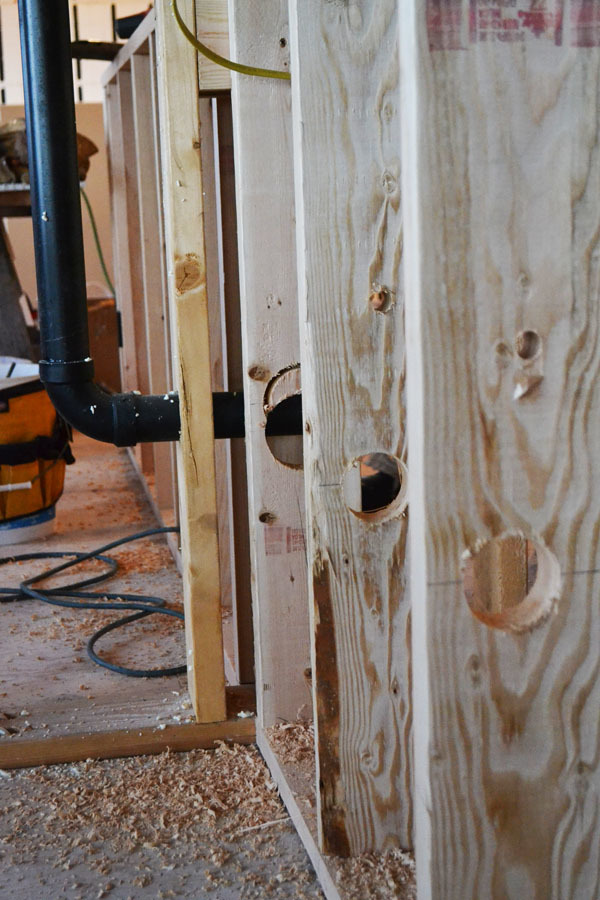
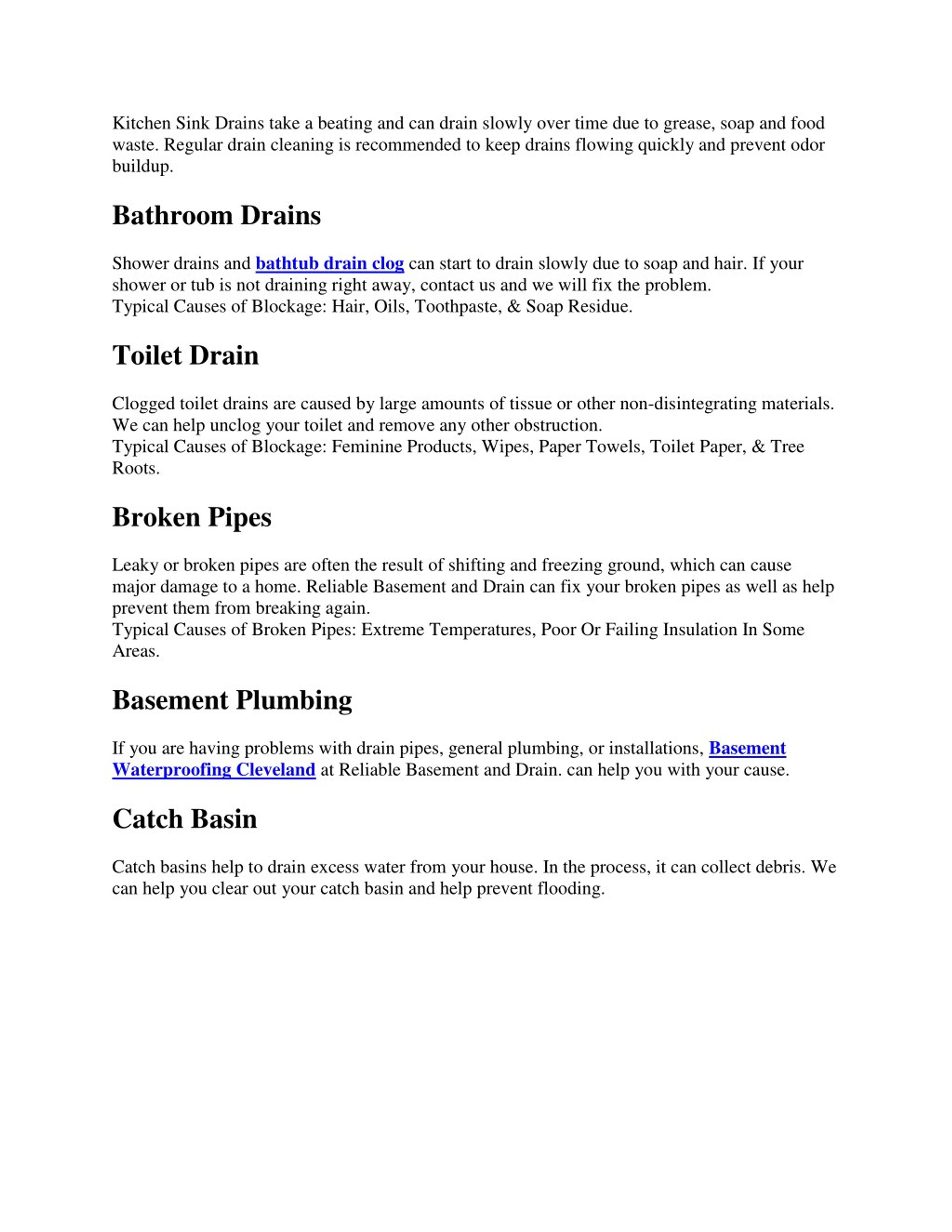



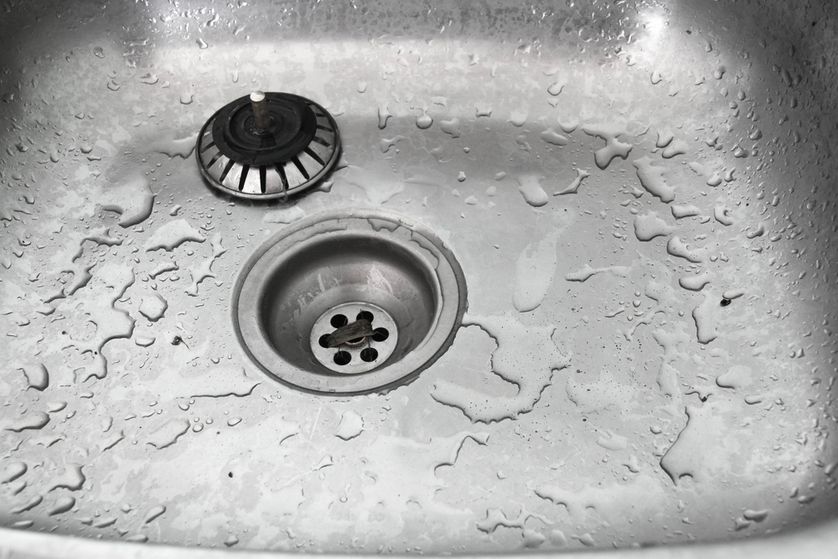



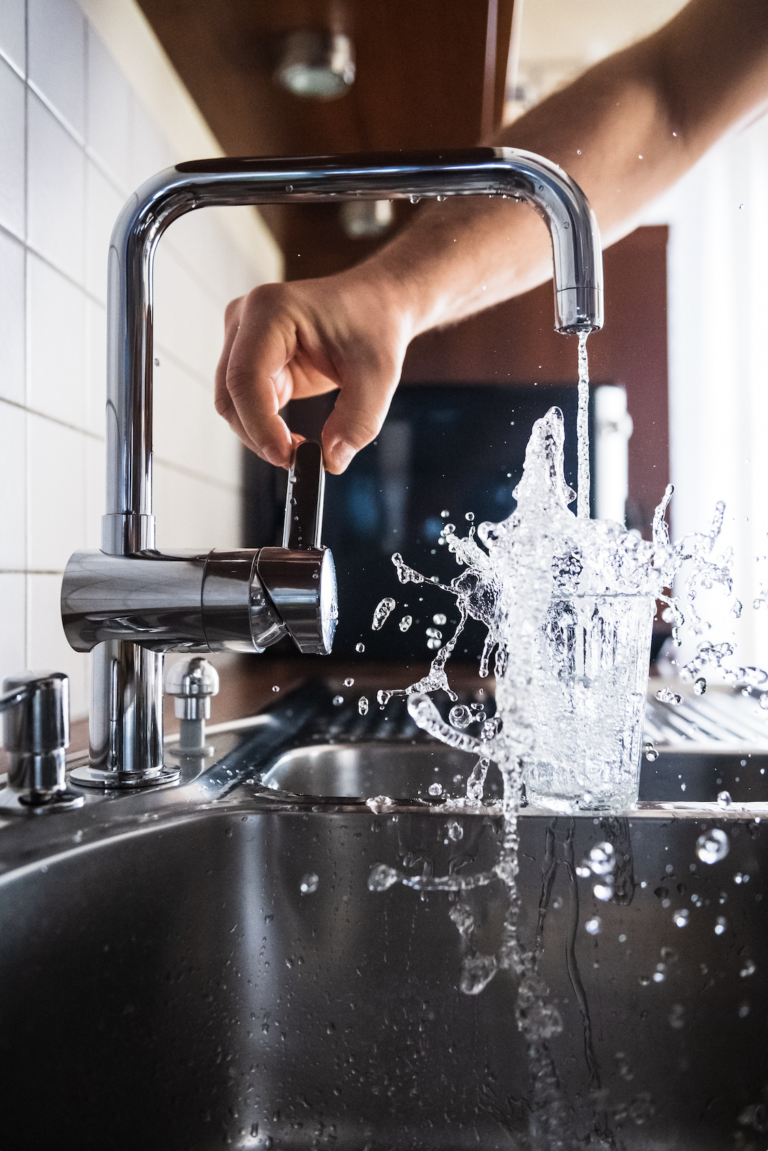

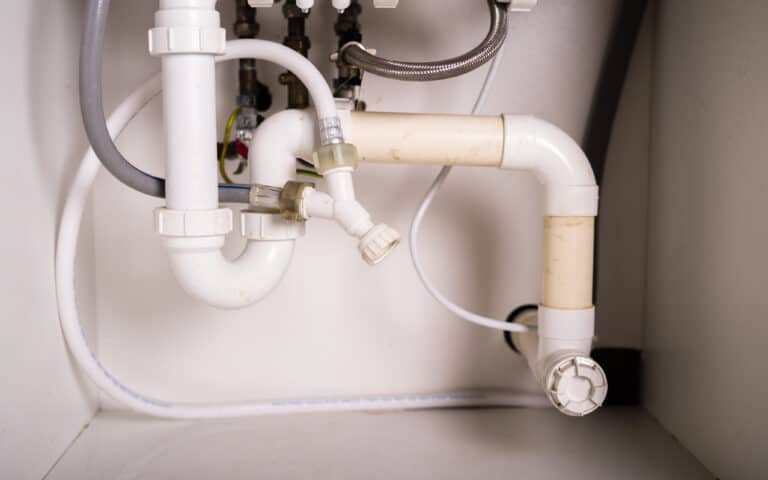




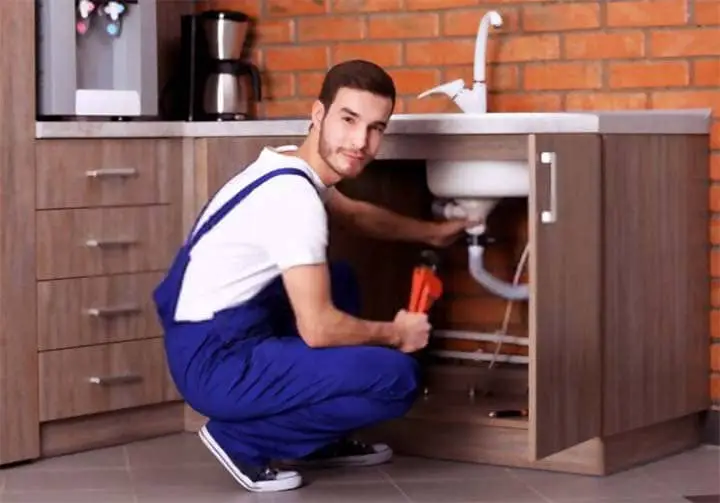
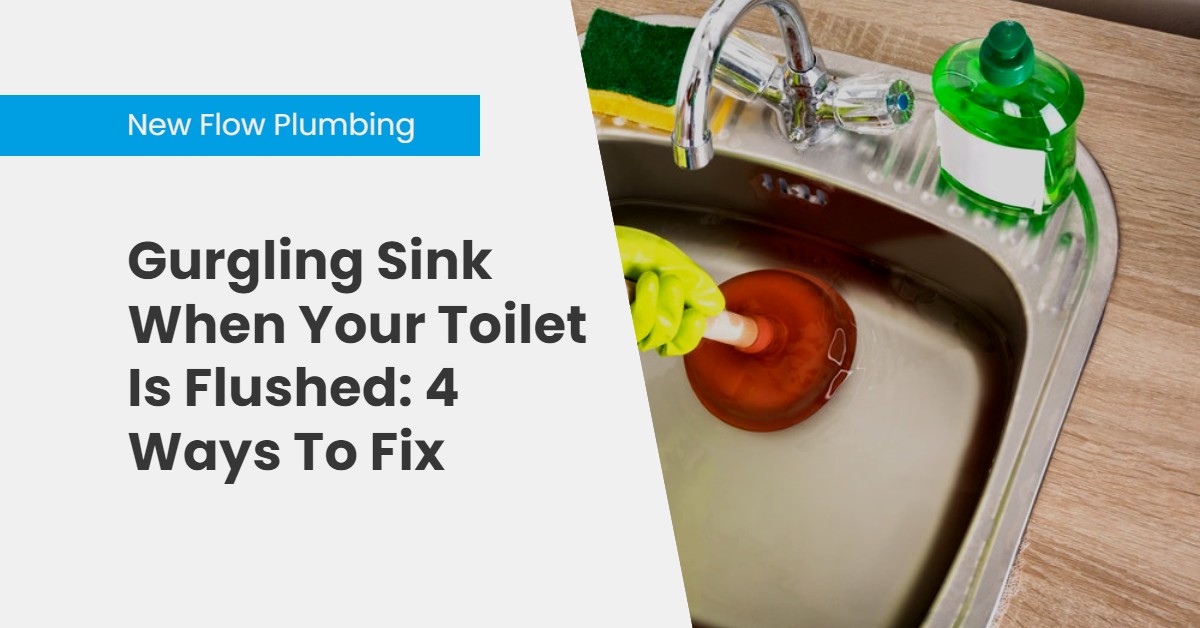







:strip_icc()/everything-you-need-to-know-about-venting-for-plumbing-work-5662725-95e9f29008fd4a128db1ddc913b292ba.jpg)
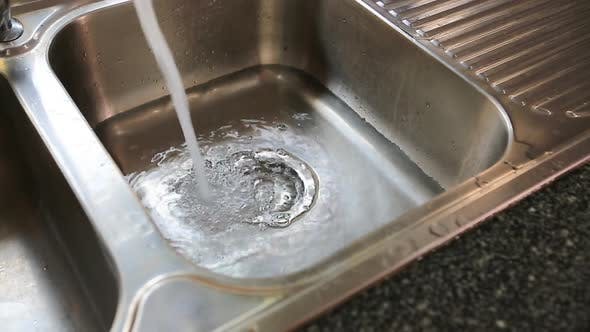











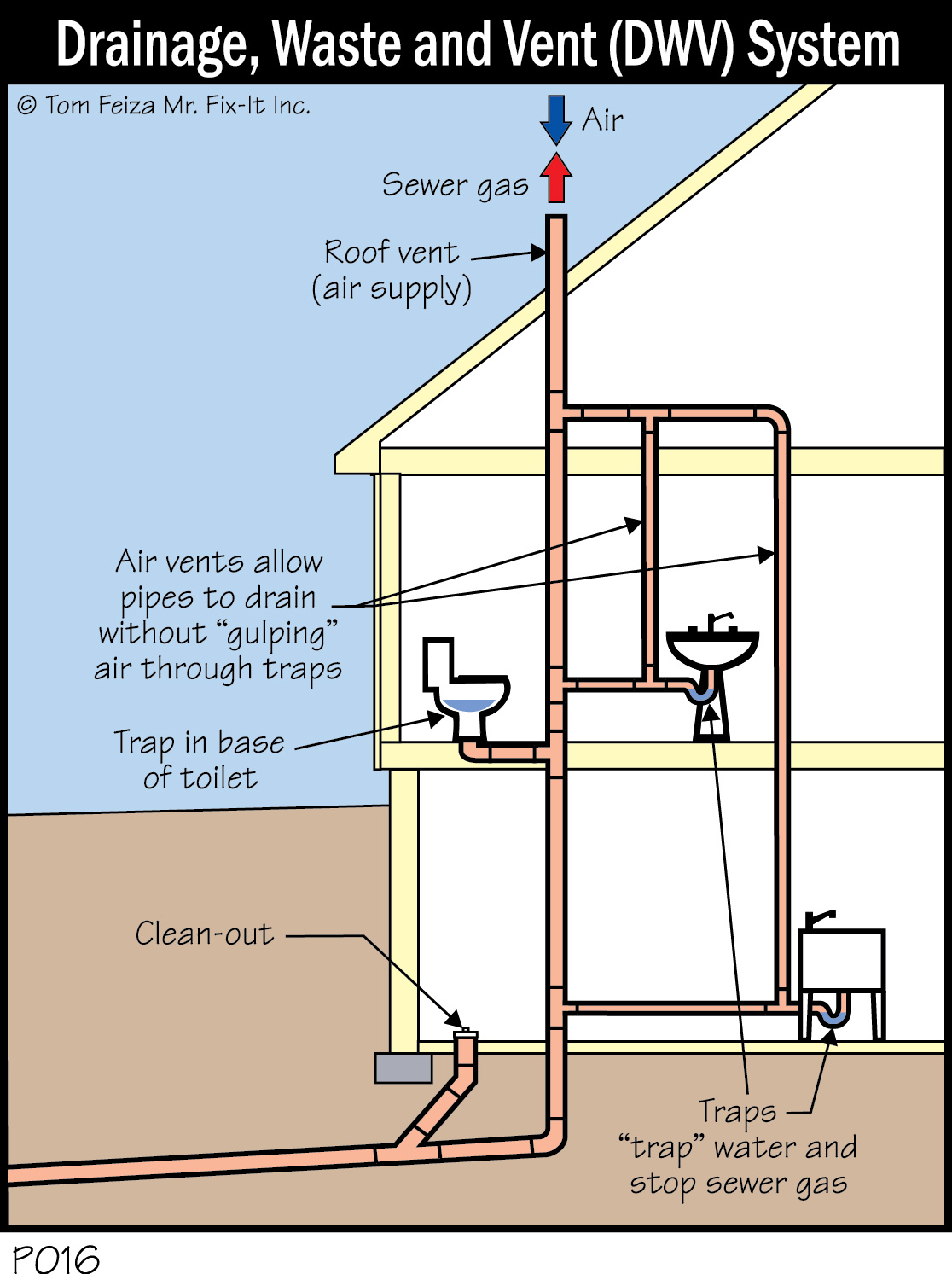
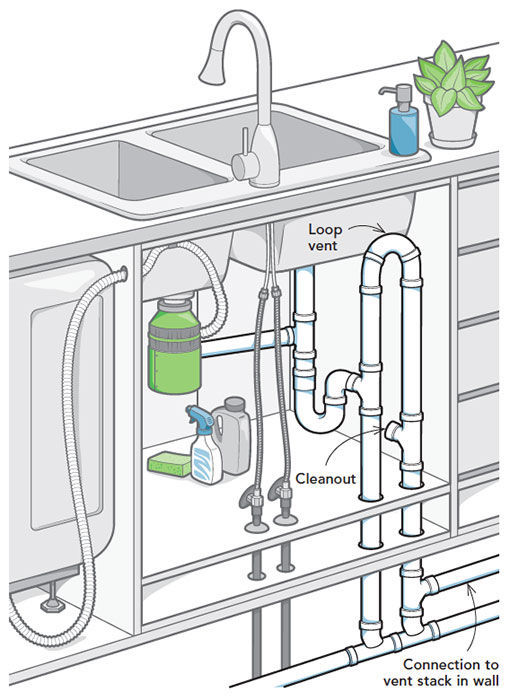






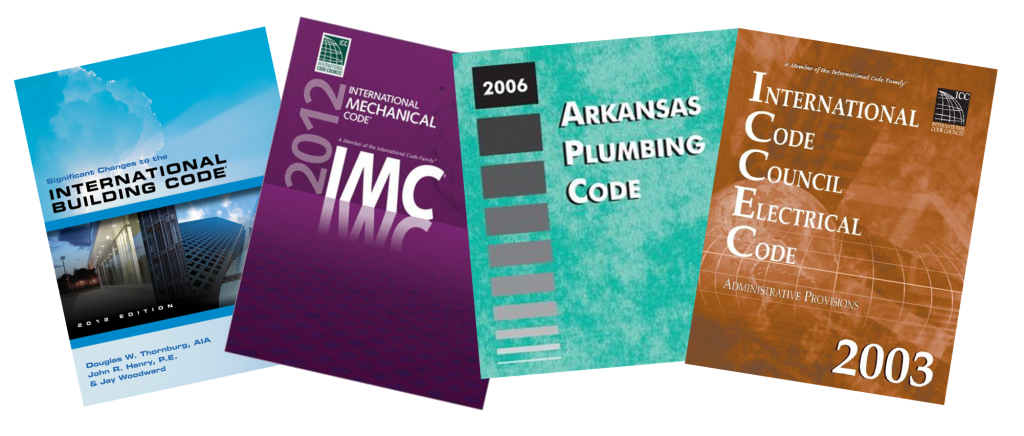

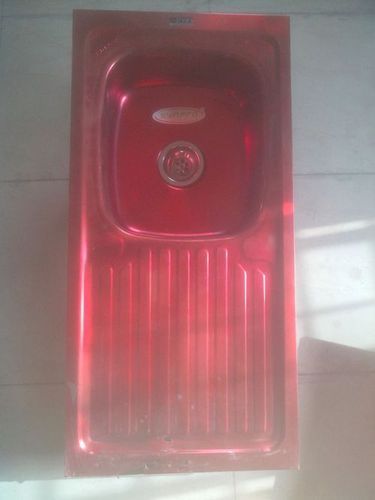

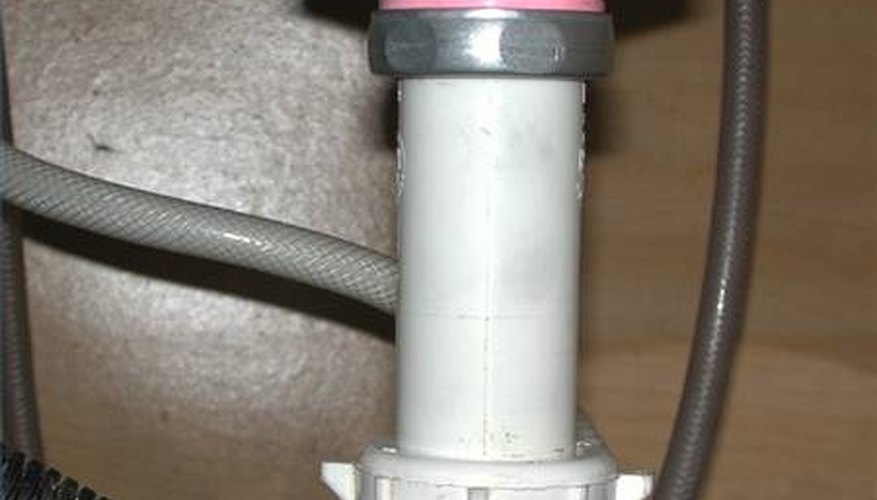

:max_bytes(150000):strip_icc()/DrainboardKitchenSink-5a762bbceb97de0037ef6fec.jpg)



